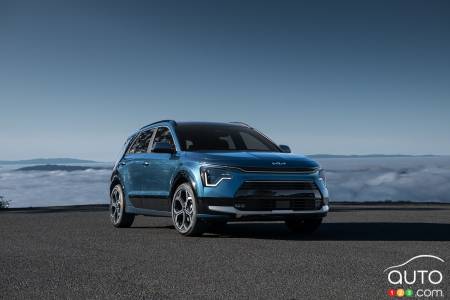Kia, which has already begun its transition to all-electric vehicles, also intends to strengthen its position in the plug-in hybrid market. The South Korean brand intends to improve range to offer 100 km in electric-only mode.
This advance could happen in the next two years, according to statements by Steven Center, Chief Operating Officer of Kia America.
Why 100 km? It's almost double the current range and would allow many drivers to do their daily errands, commutes, or city trips solely on battery power.
How Kia will proceed
Battery technology is evolving at a rapid pace, with vehicle platforms designed to accommodate larger batteries. These innovations are pushing the boundaries of plug-in hybrid vehicles.
The decision to aim for greater range is based on statistical data showing that North Americans travel an average of 67 km per day, including all modes of transportation.
In addition, 52 percent of trips made in 2021 in the United States were less than 5 km, while only 2 percent of trips exceeded 80 km. This means that a large majority of daily trips would be perfectly suited to a PHEV with a range of 100 km.

Other automakers moving in same direction
Audi recently unveiled its A3 PHEV which, with its 25.7 kWh battery, offers a WLTP range of 141 km on a full charge. This European model can travel just over 100 km (according to our standards) in 100% electric mode and offers the possibility of fast charging with direct current up to 50 kW. Several manufacturers like Land Rover also offer models with more than 80 km of range.
Kia’s logical strategy
The introduction of high-range PHEVs by Kia is not only a response to the expectations of current consumers but also a way to attract those who are not yet ready to switch to an all-electric vehicle. PHEVs offer a hybrid solution, combining the advantages of electric for daily commutes and the flexibility of a combustion engine for long journeys.
By increasing the range of its PHEVs, Kia intends to play a key role in the green vehicle market while continuing to meet the diverse needs of drivers.





